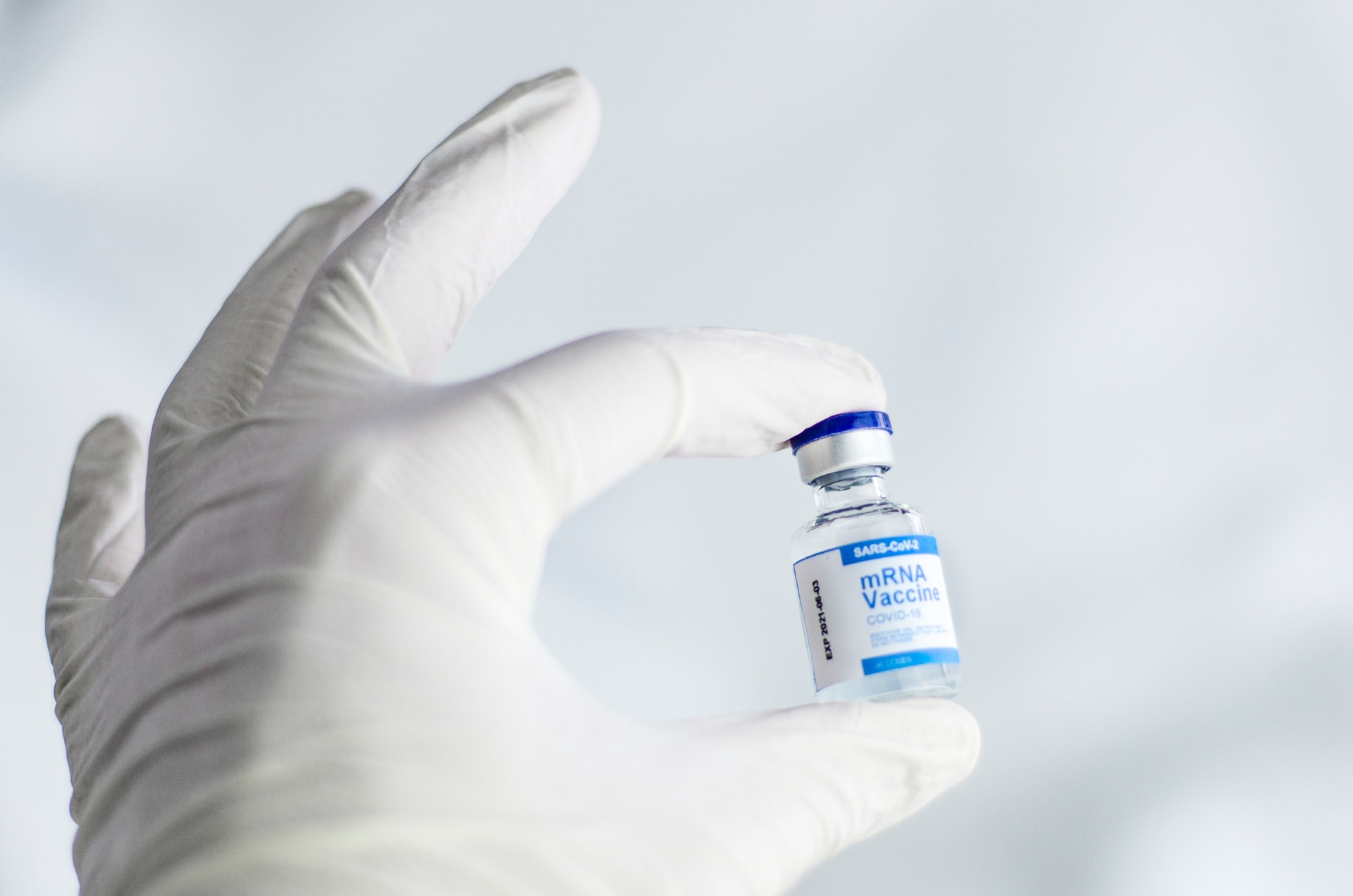Actually, it doesn’t. It’s not putting a DNA “genetic code” into our bodies. Instead, it’s an injection of the downstream instructions for protein-making molecules called mRNA. These molecules are quickly broken down by cells soon after being injected and don’t have the capacity to genetically “transform” cells like DNA can.
Some other facts about the COVID mRNA vaccines:
- It’s not that new. mRNA vaccines have been in the works for 25 years! While the work was mainly done in animals (like all drug work is), it is precisely the reason that the current vaccines were developed so quickly in humans.
- What’s a vaccine do? The mechanism of any vaccine is to stimulate cells to produce an immune response to a foreign organism (virus). The idea dates back to King Mithridates in Ancient Greece (1st Century BC) who ingested small doses of common poisons to become immune or tolerant to efforts to poison him.
- How is this vaccine different? Most vaccines work by introducing a dead or weakened version of the virus into the body and letting the body see the problem virus in small doses. That helps the body to become immune to it. With an mRNA vaccine, the body’s cells use the mRNA instruction sheet to make a viral protein that the immune system can then recognize and create immunity to.
- What happens after the mRNA vaccine is given? With an intramuscular (IM) injection, much of the vaccine goes straight to the liver and gets destroyed in 1-2 days. However, some of it stays in the muscle near the injection, lasting about 1 week there. These injections also drain into nearby lymph nodes, which connect to the body’s central immune system and really help to get things going. It is thought that the spleen, which is ground zero for the body’s immune system, also sees the mRNA vaccine. So, in each of these organs (muscle, lymph nodes and spleen), the COVID mRNA vaccine induces the production of a viral protein; in this case the COVID spike protein.
- What happens to the injected mRNA molecule? The bulk of the spike protein that’s made is likely made in the first 2-3 days after injection. Once the spike protein is made, copies of it are brought to the cell surface and displayed to the body’s immune system. And voila! An immune response is born. Since the injected mRNA molecule is not exceptionally stable, it degrades quickly within the cell as there are specific enzymes designed to break down and recycle mRNA. As the CDC describes it: “After the protein piece is made, the cell breaks down the instructions and gets rid of them.”
- Do Body Cells Die? An mRNA vaccine does not kill the cell it’s in. If it did this, it would be a terrible vaccine, as no spike protein would be made. Oh, and the spike protein that’s being made doesn’t kill the cell either. However, the mRNA may cause the host cell to divert its resources (amino acids, tRNAs, ribosomes) to make the spike protein, possibly slowing it down.
I see mRNA vaccines as powerful new tools in our vaccine war chest. Vaccines have been able to eradicate diseases such as smallpox, in 1796 (300 million killed prior to vaccine); and polio, in 1955 (1 million paralyzed or killed prior to vaccine). Just think what mRNA vaccines could do!
This article first appeared on Dr. Turek’s blog.
Photo by Spencer Davis on Unsplash




